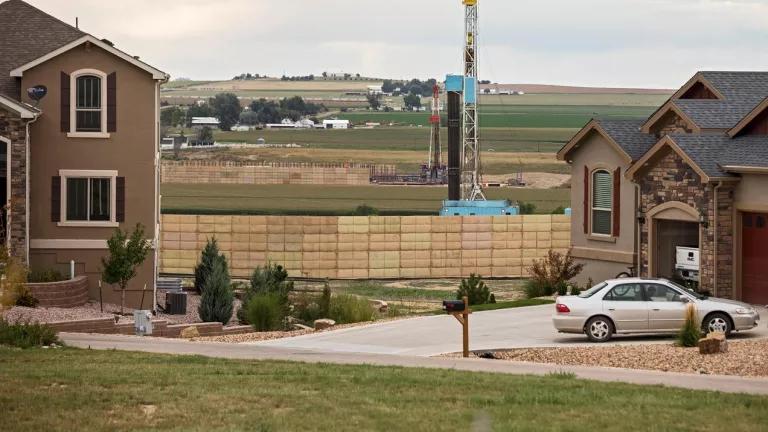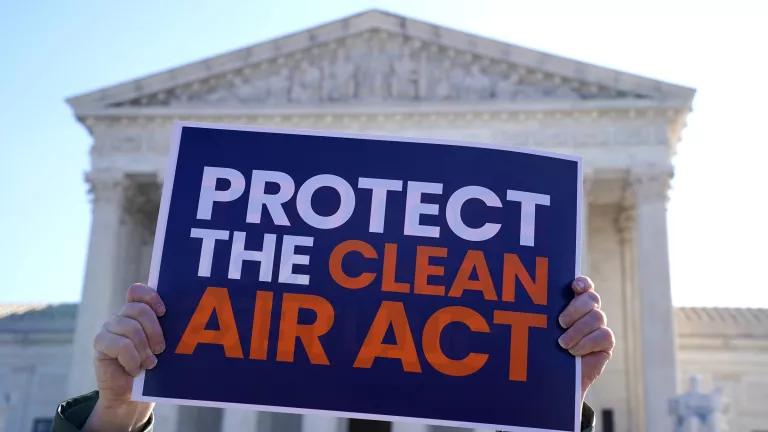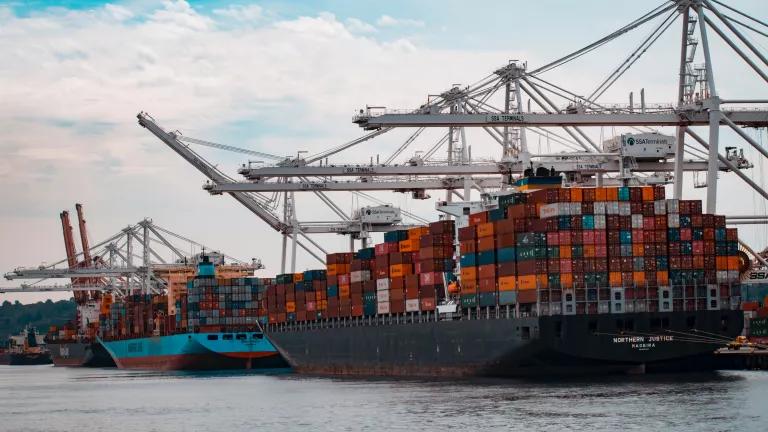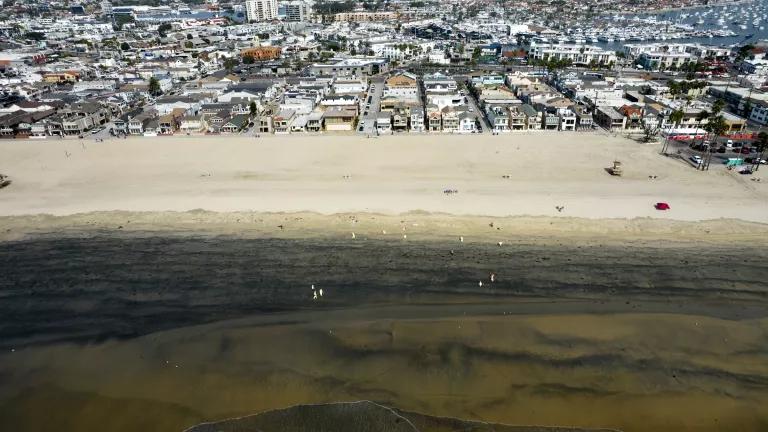Vulnerable Groups Shoulder Highest Burden from Gas Pipelines
New science on how fracked gas pipelines threaten socially vulnerable populations.

Fracking rigs near new homes in Weld County, Colorado
A new analysis of the siting of fracked gas pipelines across the United States finds that transmission and gathering lines are more densely concentrated in communities with the most socially vulnerable populations.
Gathering lines transport oil or gas from a network of wellpads to a centralized collection location or processing facility. Transmission lines are typically larger pipelines that transport the oil or gas from that centralized location to power plants or distribution companies, known as “midstream,” and frequently traveling long distances. Gathering lines have much weaker regulations, and in some locations are not regulated at all.
This research in the peer-reviewed journal GeoHealth sheds light on the intersection of population vulnerability and oil and gas infrastructure – systems built to manage the distribution of polluting energy sources that are also contributing to the worsening global climate crisis. It is well documented that oil and gas supply chains cause significant environmental degradation at extraction sites and endanger the health and safety of workers and surrounding communities. But it is also important to understand the public health damage and social ills caused by “midstream” oil and gas infrastructure – that is, networks of heavy equipment for transporting gas including transmission pipelines, pumps, compressors, and storage facilities that link gas production areas to processing, combustion, and distribution sites.
The researchers analyzed data in 2,261 U.S. counties where gas pipelines operate. To estimate local social vulnerability, they used a Social Vulnerability Index, developed by the U.S. Centers for Disease Control and Prevention’s Agency for Toxic Substances and Disease Registry. That summary index captures 15 criteria from U.S. census tract-level data, including: poverty levels, unemployment rates, income, educational attainment, age, race, English-language fluency, housing status, and access to transportation.
Why is this index important? It’s a broad indicator of a community’s capacity to prepare for, cope with, and recover from multiple threats linked to oil and gas infrastructure such as air pollution, explosions, property damage, water contamination, and leaks and spills. As polluters seek to significantly expand existing oil and gas infrastructure, it’s crucial to better understand the ways in which these dirty energy sources are inflicting harm on local communities and deepening environmental injustices.
This analysis reveals that the density of gas gathering and transmission pipelines is “significantly greater” for the most socially-vulnerable counties, revealing an inequitable and underappreciated burden that threatens to widen existing health disparities. The study’s main finding aligns with scientific understanding that the most vulnerable members of society are shouldering a disproportionate burden of the health and health-related economic harms from climate change hazards.
While there’s a theory that it’s best to locate these pipelines in rural areas to place fewer people at risk, the researchers find that pipeline construction can “facilitate drastic alteration of communities, transforming rural landscapes into sprawling, industrial settings within a few years.” In particular, the authors conclude that the social vulnerability of rural areas should be taken into consideration when planning pipeline routes, since rural communities often lack the capacity that urban areas have to respond to the dangers of pipelines.
The researchers closely analyzed the plight of indigenous communities in rural areas and found that pipeline planning and permitting often excludes indigenous perspectives, weakens sovereignty, or otherwise undermines indigenous self-determination. This is consistent with what indigenous leaders have told the agencies that permit and regulate transmission pipelines, including the Federal Energy Regulatory Commission.
Ultimately, the study concludes that the current system to approve pipeline routes prioritizes “economic interests over the equitable distribution of burdens.”
Against a backdrop of the country’s recent rapid growth in unconventional oil and gas extraction, this study demonstrates the inequitable burden imposed by existing infrastructure. It also notes, crucially, that more work is needed to characterize the health, economic, and social damage caused by dangerous oil and gas extraction and distribution infrastructure.
Researchers call for changes in the current pipeline approval system, which falls short when it comes to accounting for the environmental justice implications of proposed projects. To start righting these wrongs, the researchers recommend consideration of the existing inequitable burden of oil and gas infrastructure on vulnerable groups, early and meaningful incorporation of community perspectives into pipeline decision-making, and thorough consideration of the cumulative impacts of multiple pipeline-related stressors. We strongly agree.





